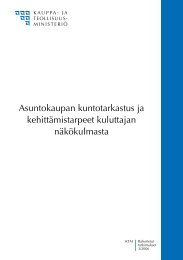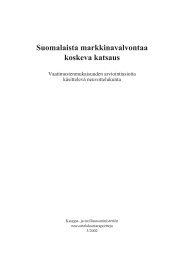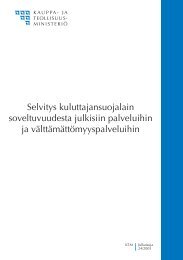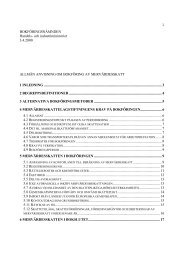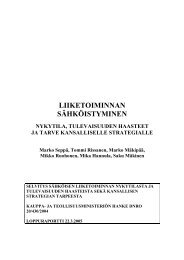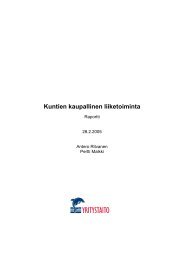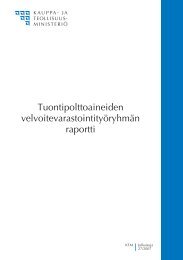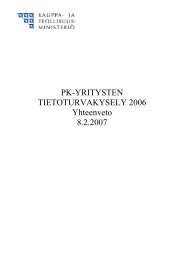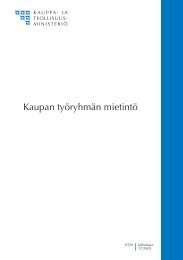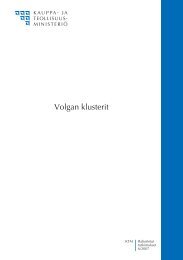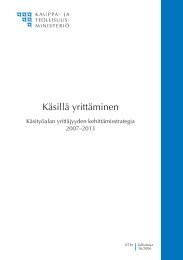Knowledge Intensive Services' Suppliers and Clients
Knowledge Intensive Services' Suppliers and Clients
Knowledge Intensive Services' Suppliers and Clients
Create successful ePaper yourself
Turn your PDF publications into a flip-book with our unique Google optimized e-Paper software.
21<br />
Another line of economic analysis concerns the notion of transactions costs,<br />
elaborated by Williamson. He (<strong>and</strong> many followers) argue that organisations’<br />
decisions as to whether to internalise functions (to produce them internally, through<br />
their own hierarchical structures) or to externalise them (to buy them from outside<br />
contractors) are not just a matter of production costs. They are also in part a<br />
function of transaction costs.These are “…comparative costs of planning, adapting,<br />
<strong>and</strong> monitoring task completion under alternative governing structures<br />
(Williamson, 1981, pp. 552–553).”Three transaction cost criteria are asset<br />
specificity (are specialised investments required to perform the function?),<br />
metering (how readily contractors’ attainment of the specifications of the contract<br />
can be monitored <strong>and</strong> measured), <strong>and</strong> frequency of contracting (how often there<br />
will need to be subsequent rounds of bargaining after a first contract has been let).<br />
The asset specificity of many KIBS services – requiring investment in specialised<br />
knowledge – is a factor behind externalisation of these functions. (Furthermore, we<br />
could add that the independence of the KIBS firm may be an important source of<br />
legitimacy within the client <strong>and</strong> for other parties whose information <strong>and</strong><br />
co-operation is required.) However, metering is a challenge (we turn to efforts here<br />
in a subsection on “client roles” below); <strong>and</strong> the nature of many KIBS services also<br />
requires long-term relationships (e.g. it takes time to establish trust, there are steep<br />
learning curves in underst<strong>and</strong>ing the client organisation, etc.).Transaction cost<br />
analysis provides a helpful terminology for examining the use of KIBS, but the<br />
complexities of the business relationships here are hard to deal with in the formal<br />
ways required by the approach. (That being said, Brown & Potosk (2001) have<br />
shown the possibilities of statistical analysis of government decisions about service<br />
provision, within a transaction cost framework.)<br />
Let us turn to more empirical economic analyses. Two lines of literature are<br />
particularly relevant here. One examines the growth in KIBS, <strong>and</strong> one attempts to<br />
identify their impacts on clients via examination of macrostatistics. The data used<br />
in these two bodies of literature are both predominantly based on input-output<br />
analysis. While analysts interested in these lines of work have come from various<br />
backgrounds, quite a few of the economists active here have a longst<strong>and</strong>ing<br />
involvement in innovation studies <strong>and</strong> related topics (e.g. the rise of the knowledgebased<br />
economy).This tends to place them outside the mainstream of economic<br />
analysis, which has tended to avoid the challenging problems associated with<br />
treating information <strong>and</strong> knowledge as if they were conventional economic<br />
commodities.



